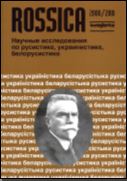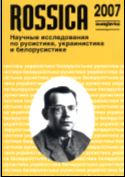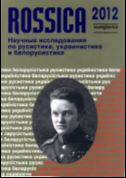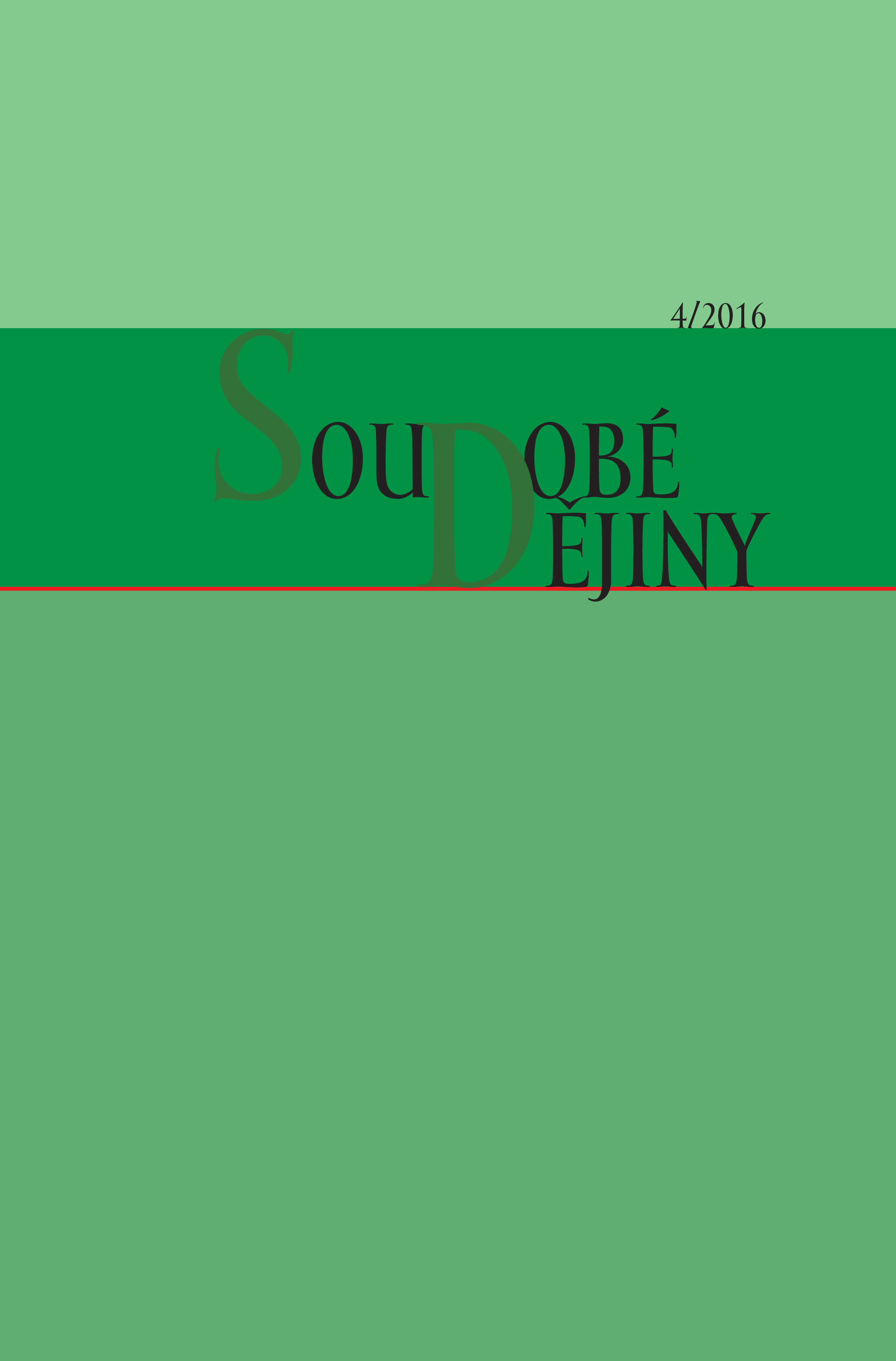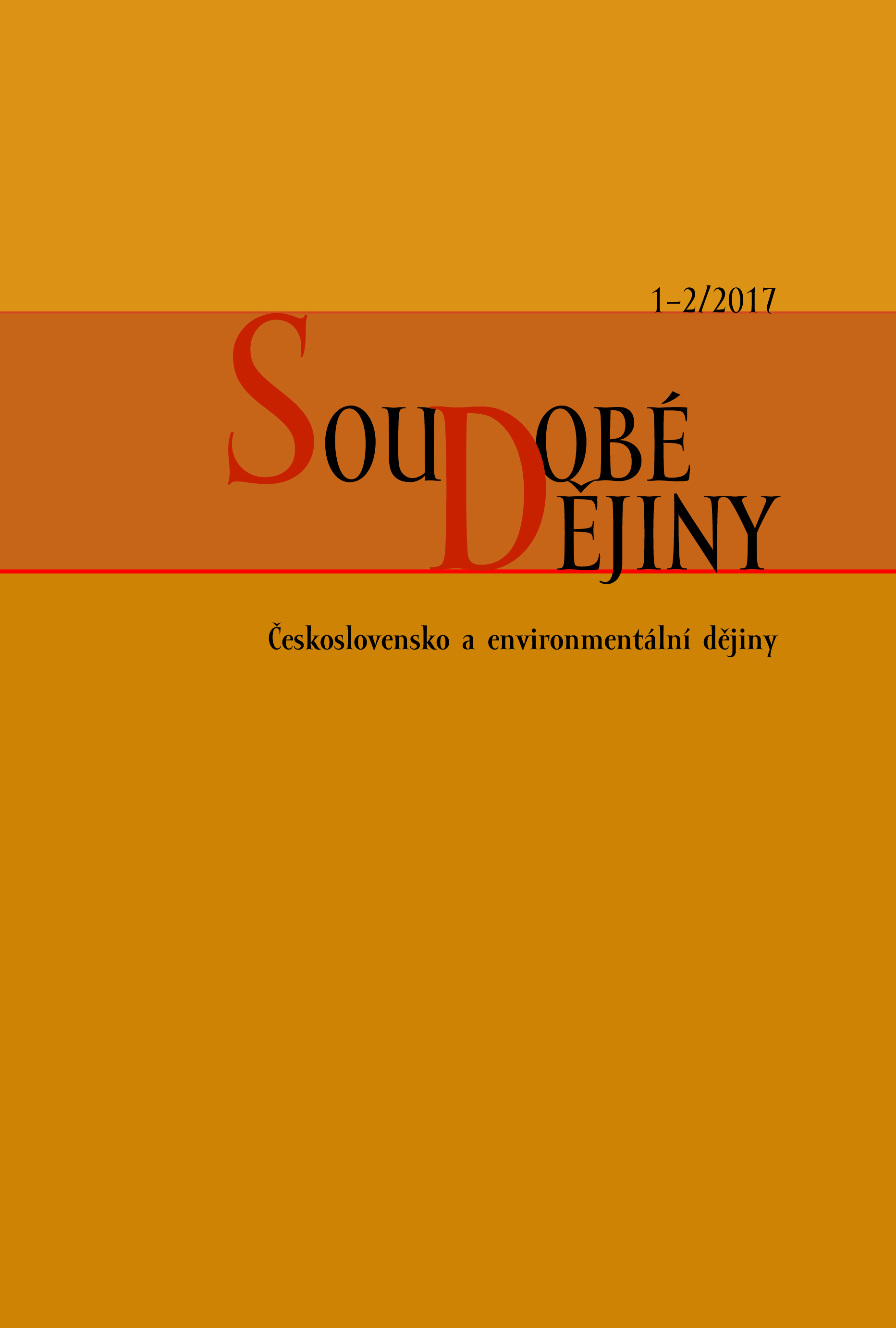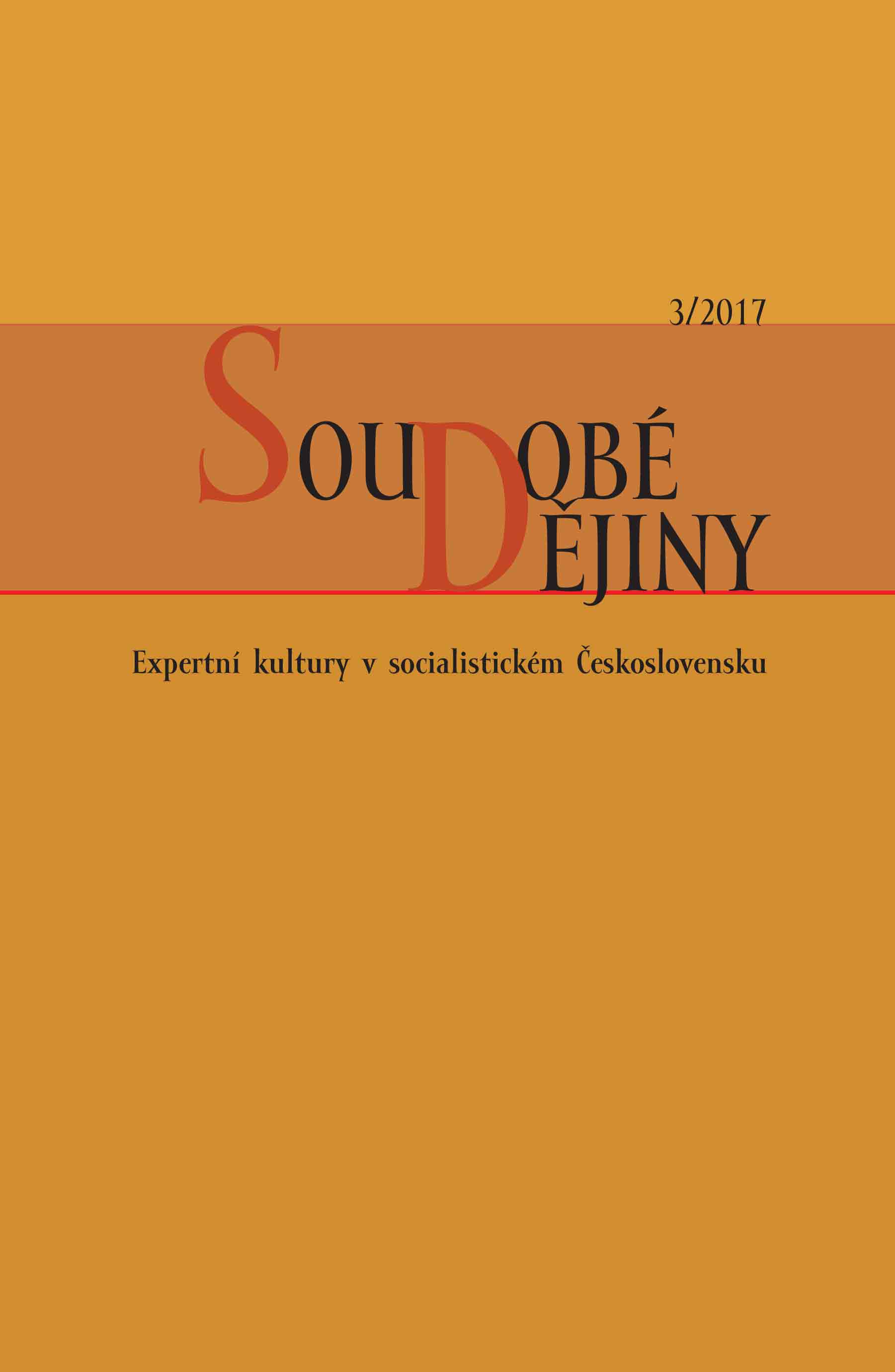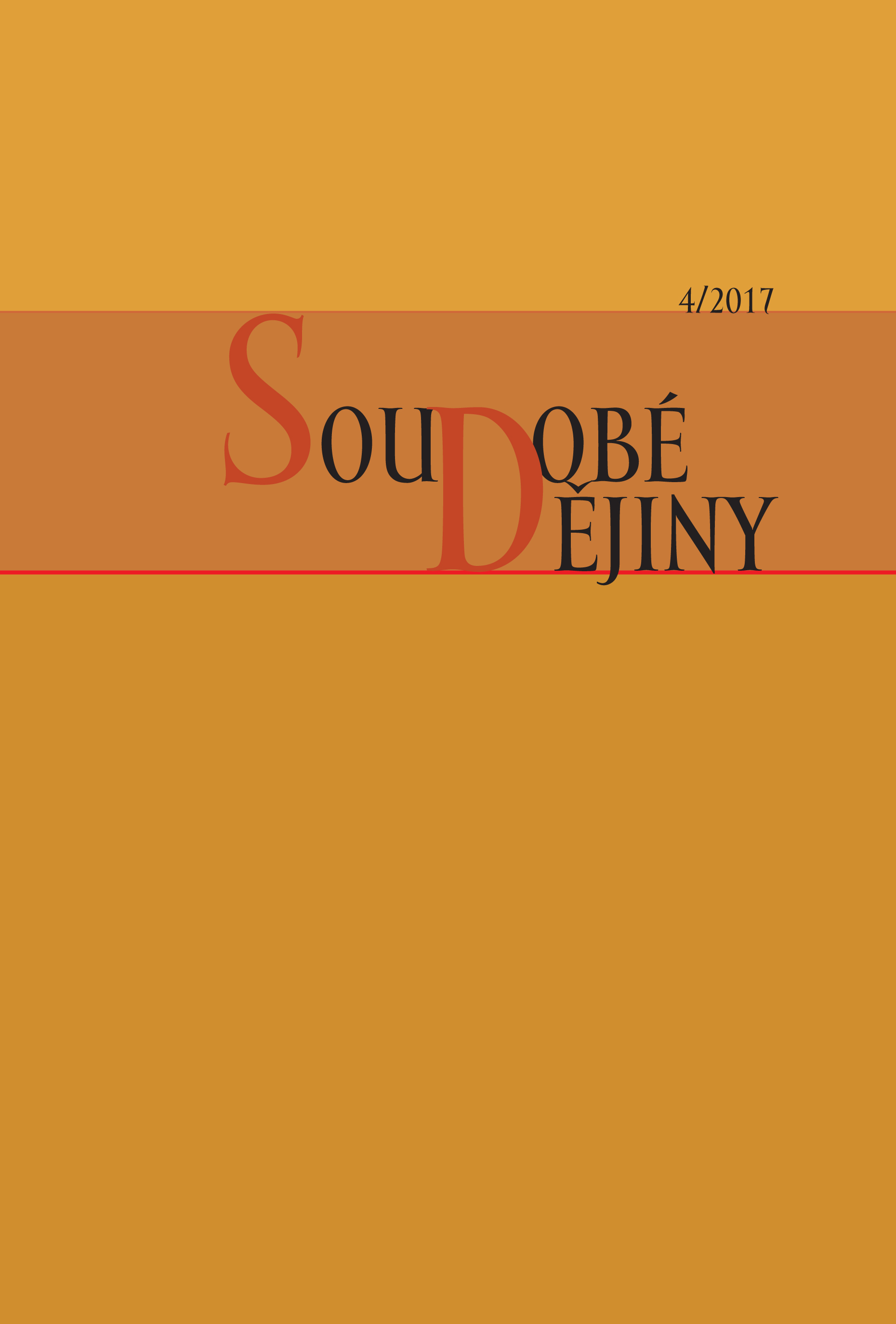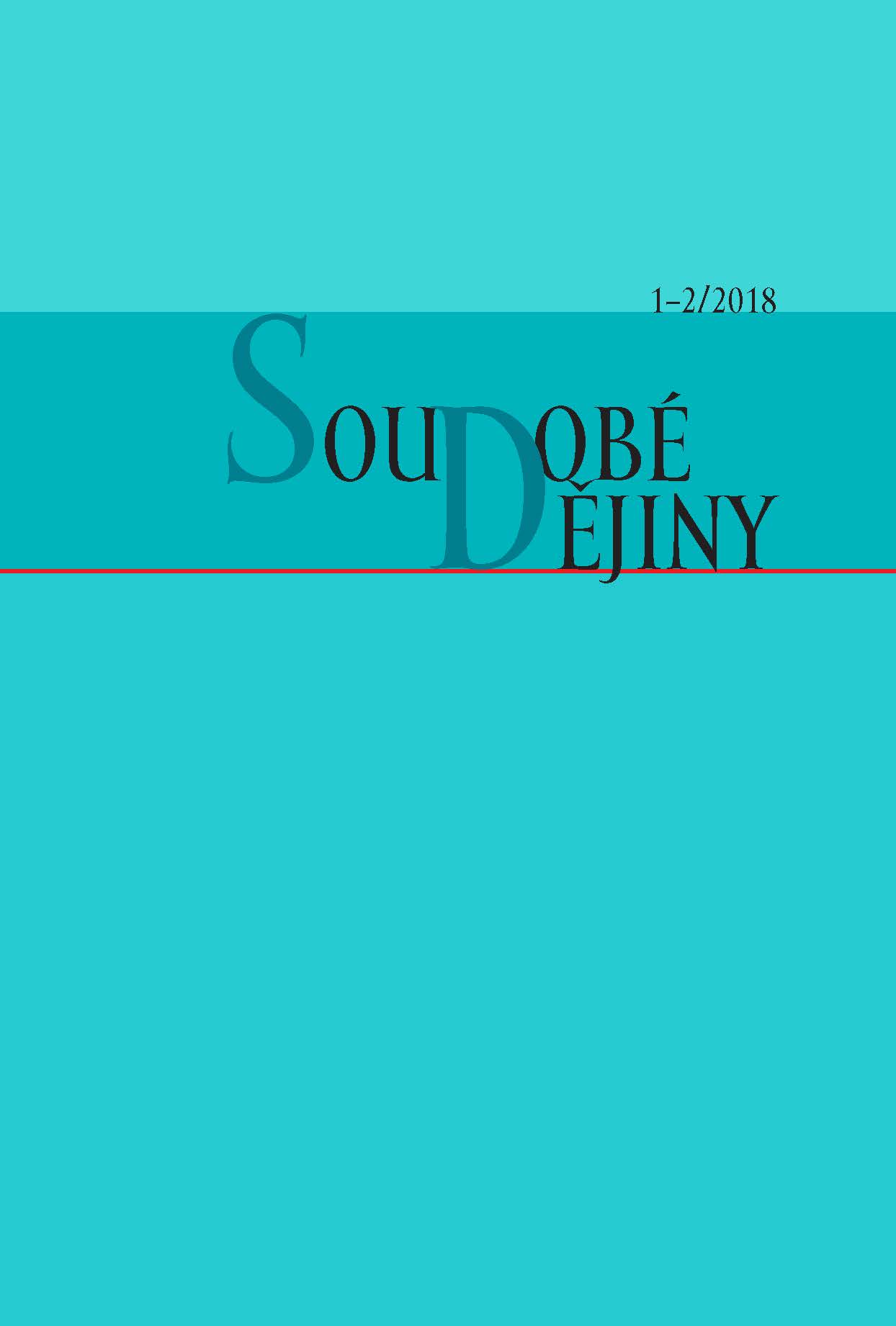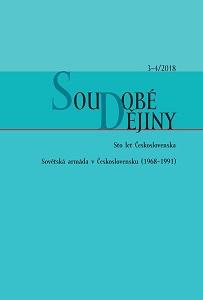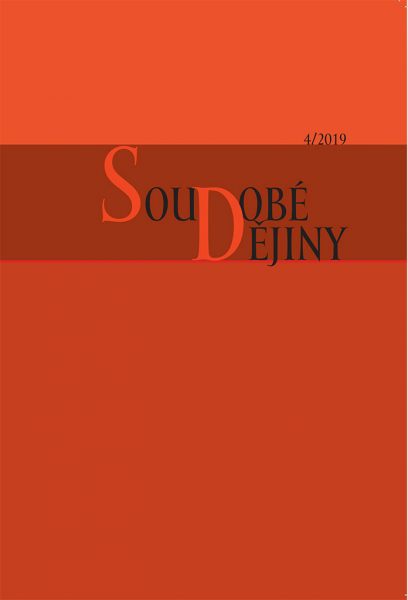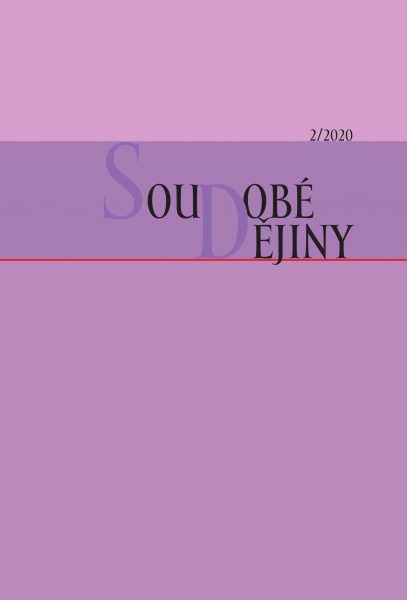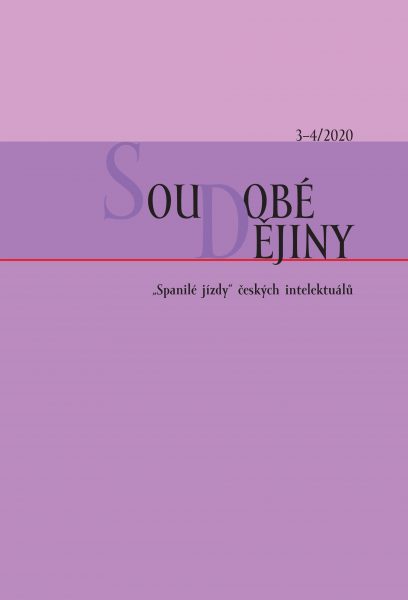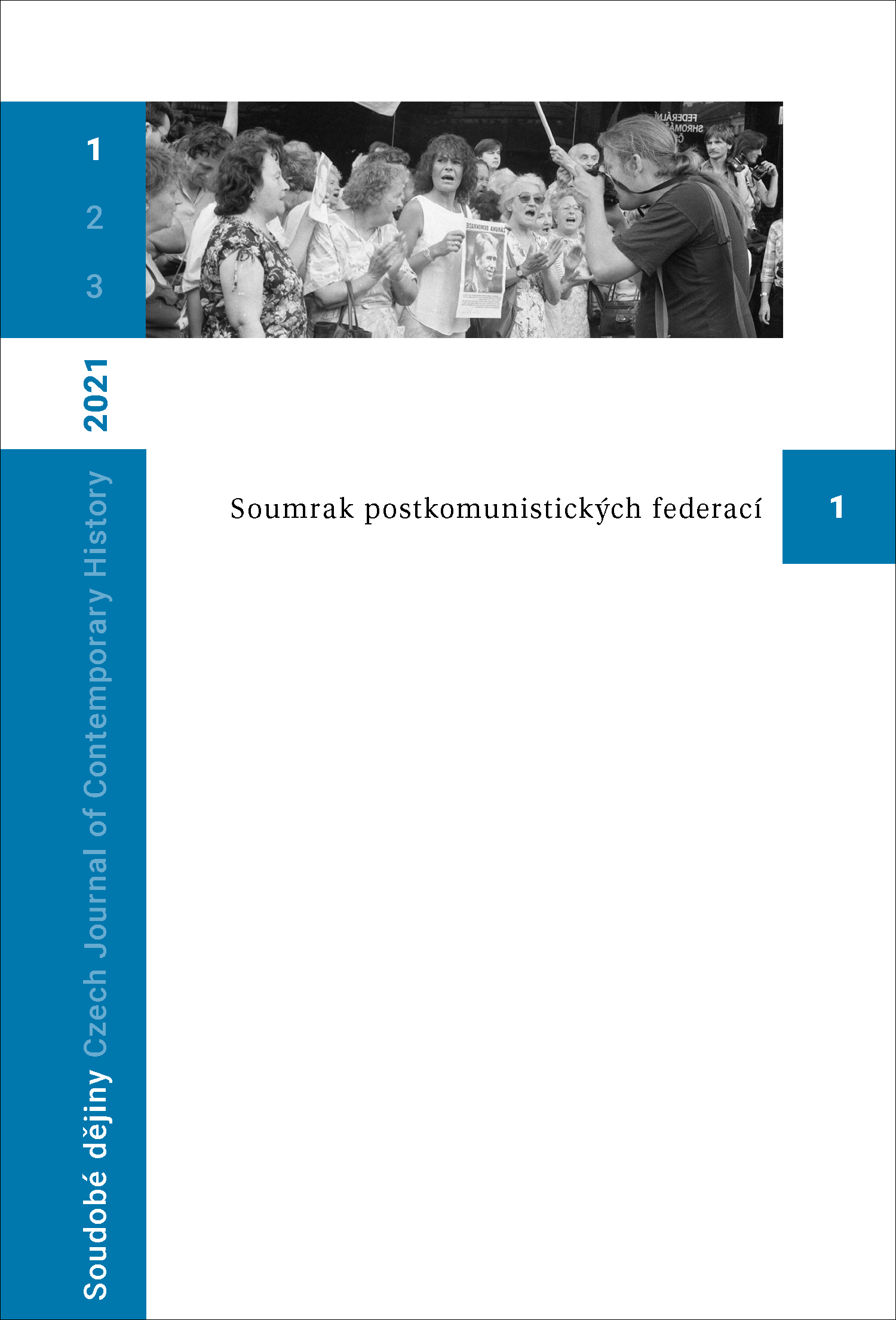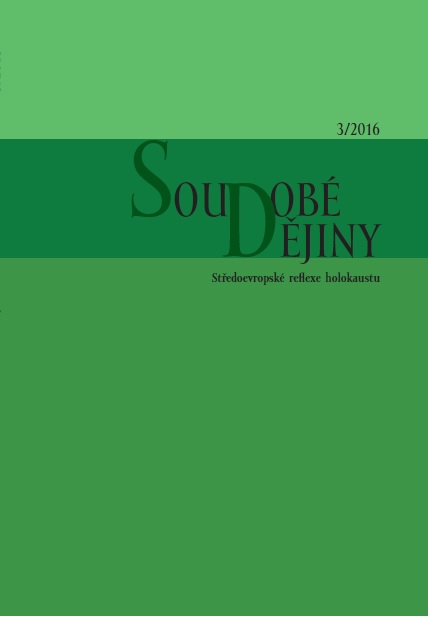
Anotace
OLEXÁK, Peter – SAFANOVIČOVÁ, Anna (ed.): Antológia časopiseckých a novinových článkov Andreja Hlinku. Martin, Matica slovenská 2013, 265 s., ISBN 978-80-8128-087-0;LETZ, Róbert (ed.): Andrej Hlinka vo svetle dokumentov. Bratislava, Post Scriptum 2014, 360 s., ISBN 978-80-89567-36-2.PAŽOUT, Jaroslav (ed.): Každodenní život v Československu 1945/48–1989. Praha – Liberec, Ústav pro studium totalitních režimů – Technická univerzita v Liberci 2015, 239 s., ISBN 978-80-87912-35-5 a 978-80-7494-250-1.SEIFERT, Jaroslav: Publicistika (1933–1938). Dubia. Společná prohlášení. (Dílo Jaroslava Seiferta, sv. 13.) Ed. Michal Topor. Praha, Filip Tomáš – Akropolis 2011, 615 s., ISBN 978-80-7304-006-9;SEIFERT, Jaroslav: Publicistika (1939–1986). Dubia. Společná prohlášení. (Dílo Jaroslava Seiferta, sv. 14.) Ed. Jiří Brabec a Michal Topor. Praha, Filip Tomáš – Akropolis 2014, 621 s., ISBN 978-80-7304-006-9.SEIFERT, Jaroslav: Všecky krásy světa. Co všechno zavál sníh. Dodatky. (Dílo Jaroslava Seiferta, sv. 15.) Ed. Marie Jirásková. Praha, Filip Tomáš – Akropolis 2015, 713 s., ISBN 80-7304-006-9.STEHLÍK, Michal: Slovensko: Země probuzená, 1918–1938. (První republika, sv. 1.) Praha, Academia 2015, 193 s., ISBN 978-80-200-2405-3.UNOKI, Ko: International Relations and the Origins of the Pacific War. New York, Palgrave Macmillan 2016, 246 stran, ISBN 978-1-137-57202-8 (tištěná kniha i e-kniha).
More...
